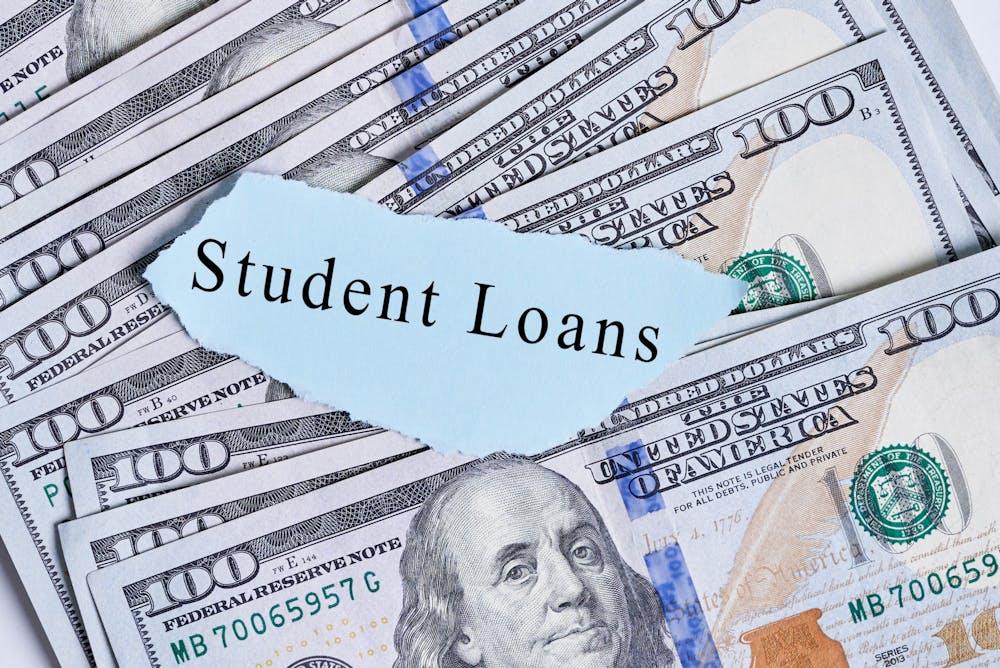Introduction
When borrowers struggle to manage student loans and have to look for a new job, the choice of repayment plan may be daunting. Thankfully, there are still some reliable and effective loan relief solutions and options to give borrowers a reprieve from their financial burden. This type of blog will focus on various approaches that clients can take when they have student loan debts, which include INcome-Driven Repayment, Deferment & Forbearance, Consolidation, and Forgiveness to enlighten those clients who are in need of help.
Income-Driven Repayment Plans
Income contingent repayments (ICR) and other repayment options such as income-based repayment (IBR), pay as you earn (PAYE), and revised pay as you earn (REPAYE) alleviate the pressure for borrowers who bear some difficulties in meeting their agreed monthly installments.
Types of IDR Plans:
The most common ones include Income-Based Repayment (IBR), Pay-as-you-earn (PAYE), and Revised Pay-as-you-earn (REPAYE), which limit the amount of monthly payments to the borrower’s discretionary income.
Benefits:
By reducing the monthly payments IDR plans ensure that the borrowers who suffer from reduced income are also able to make their payments.
Eligibility:
The following is a list of the income-driven repayment plans which most federal student loan borrowers are usually allowed to apply irrespective of their income levels or the balance in their loan accounts.
Considerations:
We identify five key things that consumers should know about IDR plans: Though IDR plans make loan payments more manageable, increasing loan repayment periods means paying more in interest. However, the borrowers must update their income and household size at least once a year to stay eligible for continued enrollment.
Deferment and Forbearance
Suspension and buying are two different techniques in economic difficulty; then, learners will have the option to decline or lessen payments for some time.
Deferment:
Some of the circumstances also include half time schooling, unemployment, economic difficulties and military service terms which make borrowers eligible for deferment.
Forbearance:
Forbearance can be described as a strategy by which borrowers are able to put their payment process on hold or even make reduced monthly payments for up to one year, mainly due to reasons such as financial difficulty or disease, among other allowable causes.
Interest Accrual:
Interest may also be charged during periods of deferment or forbearance, and therefore, the debts may accumulate and reach a higher amount.
Loan Consolidation
Borrowers can consolidate federal student loans which then combine one or more of the loans into a single loan with a fixed interest rate thus easing the burden of repaying the loan.
Benefits:
Consolidation of the loans make repayment easy since instead of repaying different loans, one is able to repay them in one lump sum.
Fixed Interest Rate:
Consolidated loans have a fixed interest rate which is arrived at by taking a weighted average of the interest rates on the loans that are being consolidated.
Drawbacks:
Thus, consolidation does help to decrease the monthly payments. However, it also tends to increase the repayment period and the total amount of interest paid.
Loan Forgiveness Programs
There are many federal student loan forgiveness programs that work to help out borrowers who apply for the program.
Public Service Loan Forgiveness (PSLF):
Cancels any outstanding amount on Direct Loans after a borrower is able to make 120 on-time payments while employed full-time by a qualifying employer in the public service.
Teacher Loan Forgiveness:
Offers up to $17,500 in forgiveness for teachers who are full-time contractors for five years in low income schools or educational service agencies.
Income-Driven Repayment (IDR) Forgiveness:
Discharges the remaining loan balances after a borrower has made 20-25 qualifying payments under an IDR plan, but the forgiven amount may be considered as taxable.
Refinancing with a Private Lender
This involves coming up with a new loan with an intention of paying other student loans with a contract or from a private lender at a lower rate of interest.
Benefits:
Refinancing this means that it is possible to cut down on the monthly payments, the interest costs, and possibly the long-term costs of the loan.
Drawbacks:
By obtaining a private loan to refinance the federal loans, one loses federal privileges, which include deferment, forbearance, and loan forgiveness options. Borrowers should assess the advantages and disadvantages of refinancing very well before they actually engage in the option.
Bottom Line
Navigating student loan debt can be challenging, especially for borrowers facing financial hardship. However, several relief options are available to help alleviate the burden and make repayment more manageable. Whether through income-driven repayment plans, deferment and forbearance, loan consolidation, loan forgiveness programs, or refinancing with a private lender, borrowers can explore various strategies to find the relief they need. It’s essential for borrowers to assess their individual circumstances, understand the pros and cons of each option, and explore eligibility requirements to determine the best course of action for their financial well being. At Cancel Student Debt, we are committed to empowering borrowers with the information and resources they need to navigate the complexities of student loan repayment and achieve financial freedom.
